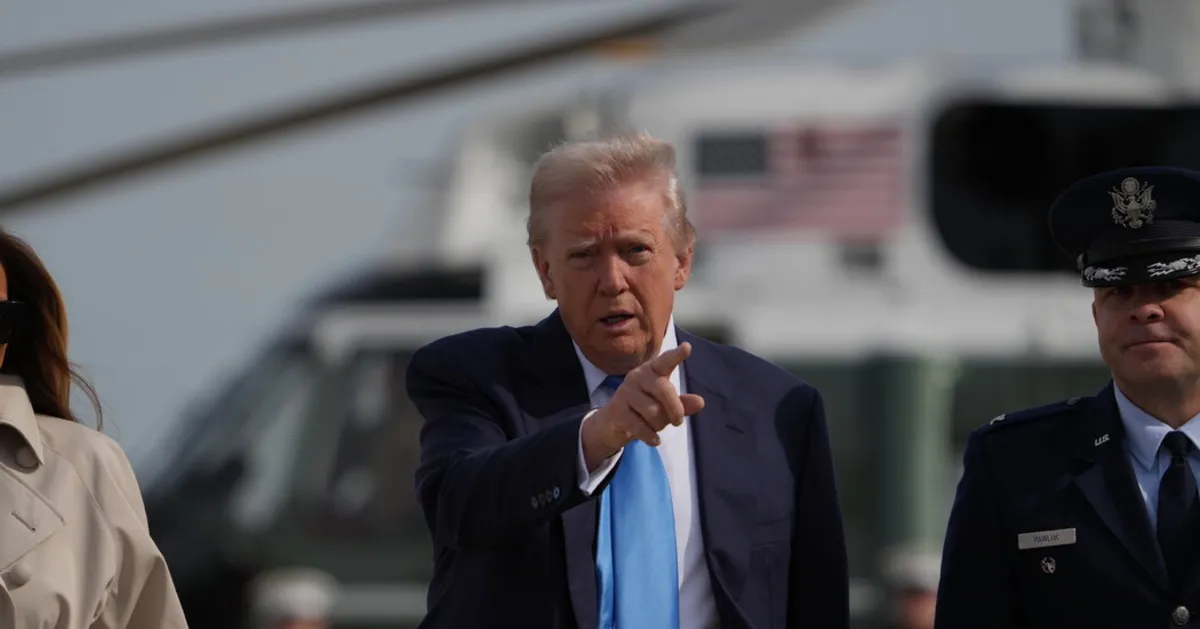
As President Trump approaches the significant milestone of 100 days into his second term, recent polling data reveals that he is facing historically low levels of support. A new poll conducted by The New York Times and Siena College indicates that his approval rating currently stands at just 42 percent—remarkably low for a president so early in their tenure. This decline in approval raises concerns about his effectiveness, particularly regarding his ability to leverage power to advance his political agenda.
Traditionally a stronghold for President Trump, the economy appears to be showing early signs of erosion. While his base of Republican support remains resilient and firmly backs him, there is growing skepticism among voters, especially among independents and united opposition from Democratic constituents. This shift indicates a potential vulnerability in one of Trump’s key strengths.
Here are five crucial takeaways from the recent poll that shed light on voter sentiment:
One of the most striking findings from the poll is that a significant portion of voters believe President Trump has overreached in his first three months. A majority, 54 percent, expressed the sentiment that he has “gone too far” in his efforts to reshape the nation’s political and economic landscape. This opinion is expressed more than twice as often as those who feel his actions have been “about right.”
Furthermore, voters have labeled several of President Trump’s policies as excessive. This includes his stance on tariffs, immigration enforcement, and proposed cuts to the federal workforce. Majorities of voters agreed that he has indeed gone too far on these critical issues, reflecting widespread discontent with his approach.
The growing perception of overreach could have significant implications for President Trump’s governance strategy moving forward. As he navigates his second term, he may need to reassess his policies and communication strategies to regain the trust of the independent voters who are increasingly skeptical of his leadership.
In light of this polling data, it becomes evident that bipartisan support is crucial for any president looking to implement their agenda effectively. The stark opposition from Democratic voters and the cautious stance of independents signal that President Trump may need to seek common ground to avoid further alienating these critical segments of the electorate.
As President Trump continues to grapple with these challenges, the upcoming months will be pivotal. His ability to respond to voter concerns and adapt his strategies could very well determine the trajectory of his presidency and his party’s prospects in the future.